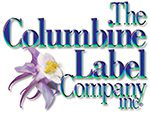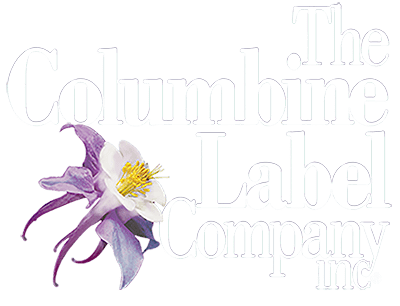Labels are simple, right? Guess again. There are numerous factors to consider when having custom printed labels produced with the right label material. But it starts with the most basic decision for a label: the face material.
There are two choices for label material stock – paper or film – and it is important to understand the difference when making this fundamental first decision:
- Paper face materials: these include uncoated papers, gloss-, and matte-coated papers, colored papers, textured papers, and paper labels with wet-strength capacity.
- Filmic face materials: choices here include polyethylene (for squeezable product containers), polypropylene (economical and less stretchy), and polyester (this resists water, oil, and chemicals). Other more specialized face materials are available, including vinyl, foils, and holographic materials.
Determining which face material to use is based on the nature of the product itself, the packaging material, the label application process, how and where the product will be stored and displayed, and its end-use.
Here are five key considerations for choosing the best label material for your product:
- Service temperatures
The integrity of printed labels can be compromised by exposure to temperatures. These conditions and extremes must be taking into consideration. Just like some materials are not meant for extreme cold, there are also materials that cannot withstand high heat. Choosing the right adhesive and substrate combination can help ensure that the label’s service life matches the product’s lifespan. - Environmental conditions
Temperature isn’t the only external factor in a label’s performance. Ultraviolet light, humidity, chemical compounds, and other environmental conditions also will inform decisions on label components, including face material.- Ultraviolet light can fade printing and degrade the bonds between the adhesive and face material.
- Humidity can damage the printing and the material and can also cause adhesive failure.
- Chemical compounds can react with ink to cause discoloration or smearing. Other environmental conditions may have a similar result.
- Abrasion and tear resistance
If a product will be subject to rough handling or contact with other items during manufacture, shipping, or display, the face of the label must be able to stand up to abrasion and tears. Abrasion affects the surface of the label and can undermine the base of the printed layer and damage it. If such physical conditions are expected to be a factor, the label face material can be reinforced to guard against abrasion and tearing. - Type of printing process
Product labels must be designed to survive the printing process, and the label’s face material is the direct point of contact during printing. The material should be compatible with the type of ink being used, whether it’s water-based inks, electrostatic inks or UV inks. Many of the same label qualities that help protect against abrasion and tearing are also used to create a particular finished look of a label. - Surface to which the label is adhered
The material, shape, contour, and texture of the packaging or other surface to which a label will be affixed are also key considerations. Without the proper face material, the surface to which the label is applied can distort the printed graphics and content on the label. A label that will be attached to a flat surface will not distort, however, a simple or complex curved surface will require a face material that can slightly conform to the shape without distorting your print.
Ask the experts
Once you have assessed all of these factors, making that final decision about the label material best suited for your needs will most likely require input from a seasoned custom label printer. At Columbine Label Company, we can walk you through the decision-making process to help you can make the right choice the first time. Contact us for a free consultation.


